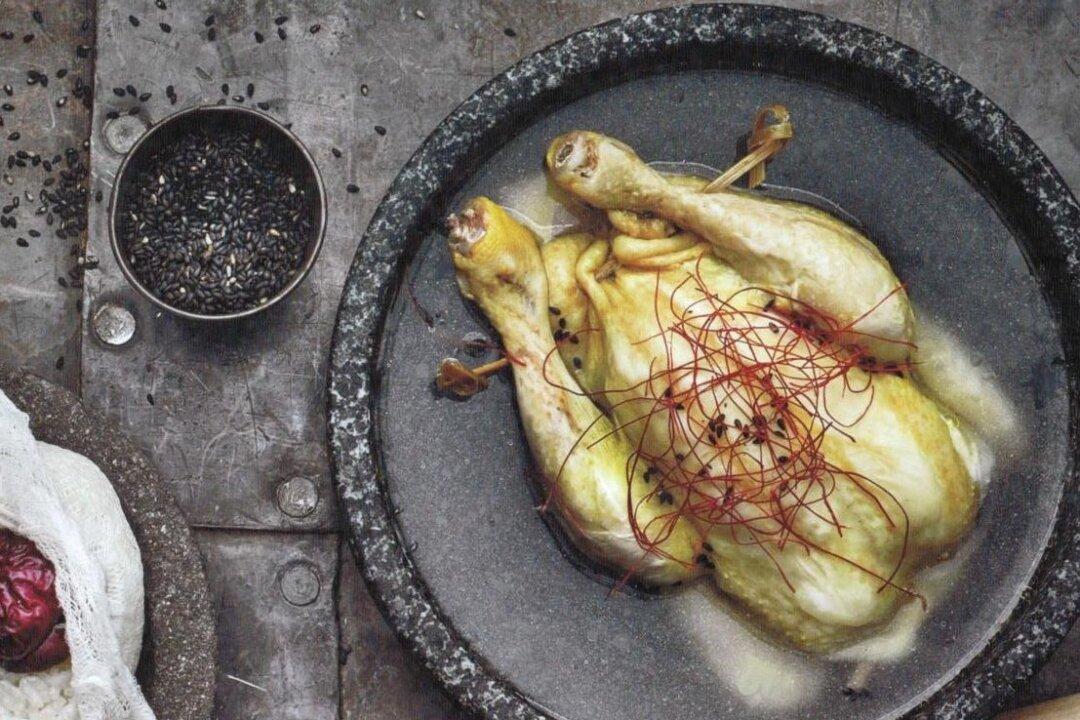Samgyetang (Magical Chicken Ginseng Soup)
This medicinal soup can give you an energizing lift and immunity boost. Ginseng has numerous health benefits and this soup is known as the “Korean penicillin.” Whenever I’m feeling under the weather, I'll make this and feel warm and cozy in no time.If you use the dried ginseng root, there’s no need for the tea, and vice versa, but I have used both together and the result is truly lovely. Find the wishbones when eating this soup and make the dish extra magical by making a wish!






